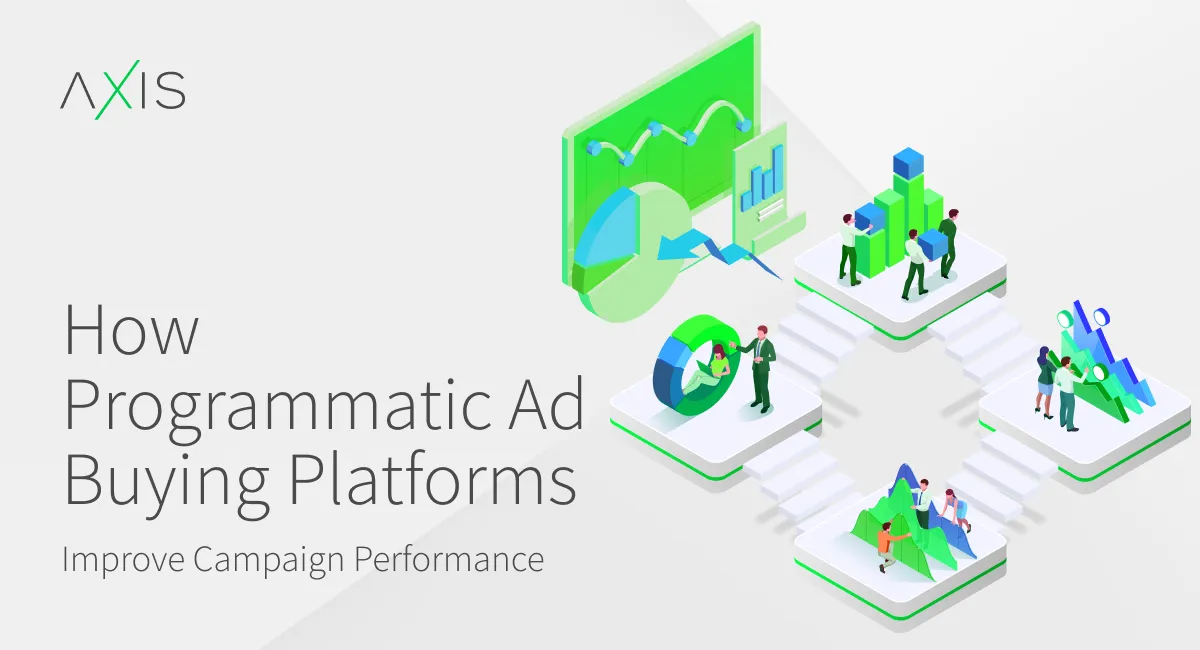
In the ever-evolving world of digital marketing, efficiency and precision are paramount. As brands seek to maximize the return on every dollar spent, media buying platforms have become indispensable. Particularly, programmatic ad buying platforms are transforming how advertisers plan, purchase, and optimize their campaigns. These advanced tools not only automate the buying process but also inject powerful data-driven insights that enhance campaign performance in real-time.
Understanding Programmatic Ad Buying Platforms
At its core, a programmatic ad buying platform uses algorithms and machine learning to automate the process of buying digital advertising space. Unlike traditional media buying, which often requires manual negotiations and insertion orders, programmatic platforms allow advertisers to bid on inventory in real-time based on audience targeting, behavioral data, and performance metrics.
A digital media buying platform typically integrates with demand-side platforms (DSPs), data management platforms (DMPs), and ad exchanges to give advertisers a unified view and control of their campaigns across multiple channels — including display, mobile, video, and connected TV.
Key Features and Benefits of Programmatic Ad Buying Platforms
Real-Time Bidding (RTB): These platforms use RTB technology to allow advertisers to bid on ad inventory in real time. This ensures that impressions are served to the right user, at the right time, and in the right context.
Advanced Targeting: Through integrations with DMPs, programmatic platforms enable granular targeting based on demographics, interests, browsing behavior, purchase intent, and even geo-location.
Data-Driven Optimization: With AI and machine learning, platforms continuously analyze performance data to optimize bids, adjust targeting parameters, and enhance ROI.
Cross-Channel Reach: Modern media buying platforms support omnichannel campaigns, letting brands run unified strategies across web, social, mobile, CTV, and audio.
Transparency and Control: Brands gain visibility into where their ads are being served, what’s working, and what’s not. This transparency is critical for brand safety and compliance.
Efficiency: Automation reduces manual workload, cuts down the buying cycle, and allows teams to focus on strategy and creative execution.
Comparing Top Media Buying Platforms
Let’s look at a few of the top digital media buying platforms and what sets them apart.
1. The Trade Desk
Best for: Enterprise advertisers looking for scale and deep analytics.
Key Features: Proprietary data marketplace, advanced lookalike modeling, CTV leadership, cross-device targeting.
Why It Performs: The Trade Desk has become synonymous with high-performance digital advertising, especially in the connected TV and video space. Brands like Procter & Gamble use it for precision targeting and deep consumer insights.
2. Google DV360 (Display & Video 360)
Best for: Brands heavily invested in the Google ecosystem.
Key Features: Seamless integration with Google Ads, YouTube inventory access, audience data from Google Analytics.
Why It Performs: Its access to exclusive Google inventory gives it a major edge. Spotify has used DV360 for display and video campaigns that achieve high engagement through contextual placements and behavioral insights.
3. MediaMath
Best for: Brands needing customizable, open-source solutions.
Key Features: Open architecture, identity resolution, robust AI tools.
Why It Performs: MediaMath’s flexible platform allows brands like IBM to integrate custom algorithms and make proprietary data actionable in real-time.
4. Adobe Advertising Cloud
Best for: Creative-led brands focused on unified experiences.
Key Features: Integration with Adobe Experience Cloud, audience segmentation, dynamic creative optimization.
Why It Performs: Adobe’s strength lies in its creative capabilities. Nike leverages Adobe’s tools to deliver personalized ads that seamlessly align with its creative campaigns.
Real-Life Use Cases: How Brands Are Leveraging Programmatic Buying
1. Airbnb Airbnb needed to drive bookings in new markets. By using programmatic ad buying platforms, the company targeted specific audiences based on travel intent and browsing behavior. Through a combination of DV360 and The Trade Desk, they achieved a 30% lift in conversions and reduced their cost-per-acquisition (CPA) significantly.
2. Coca-Cola Coca-Cola deployed a cross-channel programmatic strategy through Adobe Advertising Cloud, integrating real-time location data to deliver mobile display ads promoting nearby retail locations. This hyper-local targeting helped boost in-store traffic by 18% during promotional campaigns.
3. L'Oréal L'Oréal used MediaMath to create a full-funnel strategy combining awareness and retargeting tactics. With real-time bidding and AI-driven optimization, they achieved a 4x return on ad spend (ROAS) across several beauty product launches.
Tips for Maximizing Performance with Programmatic Buying
To make the most out of programmatic ad buying platforms, advertisers should:
Set clear KPIs: Know what success looks like (e.g., conversions, CTR, ROAS).
Use dynamic creative: Pair targeting with adaptive creatives that speak directly to segmented audiences.
Leverage first-party data: With third-party cookies fading, first-party data is key for personalized targeting.
Regularly optimize: Monitor performance metrics and allow your platform’s algorithms to adjust in real-time.
Choose the right platform: Depending on your brand needs — scale, creative control, tech flexibility — pick a media buying platform that aligns with your marketing goals.
Future of Digital Media Buying Platforms
In the next few years, we’ll see programmatic platforms evolve to prioritize privacy-first solutions, AI-powered predictive analytics, and native integration with retail media networks. Expect even more convergence between media buying platforms and customer experience tools, making it easier to deliver consistent, personalized messaging across all digital touchpoints.
Conclusion
Programmatic ad buying platforms are no longer a luxury — they’re a necessity for brands that want to compete in today’s digital economy. By leveraging the power of automation, data, and cross-channel execution, these tools allow advertisers to precisely reach their audience and continuously improve campaign outcomes. Whether you're a global brand like L'Oréal or an emerging startup, the right digital media buying platform can unlock exponential growth and marketing efficiency.
For brands ready to move beyond manual ad buying and take a data-driven leap forward, the future is undeniably programmatic.